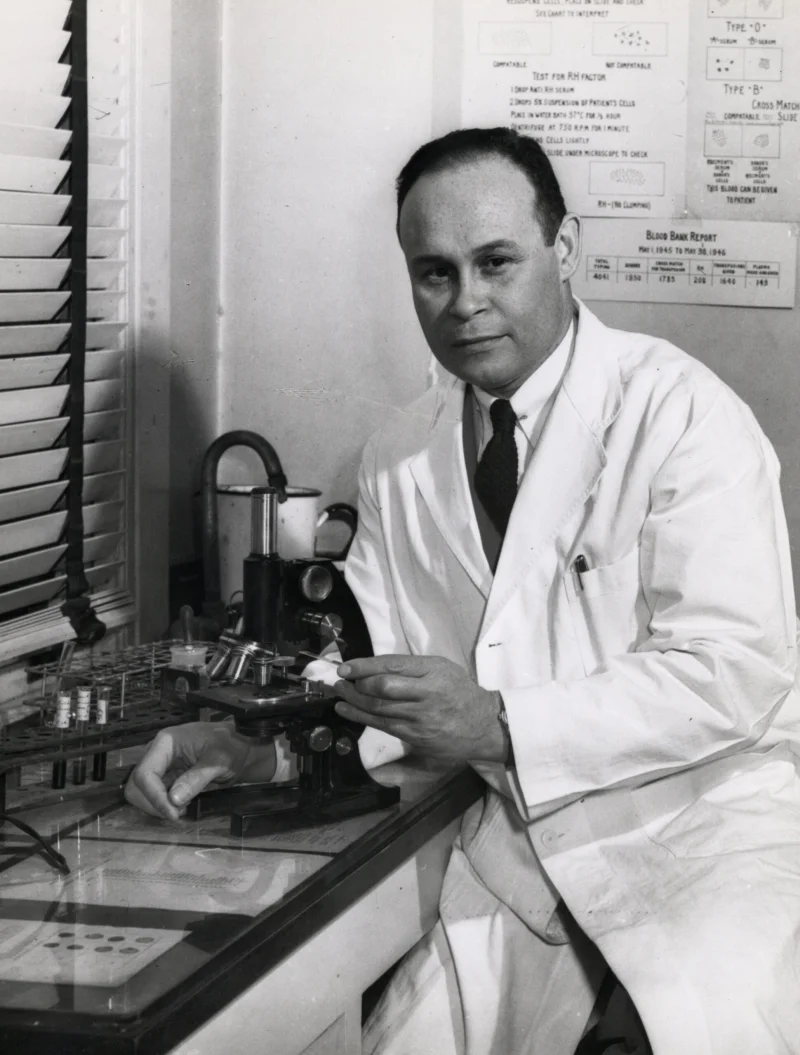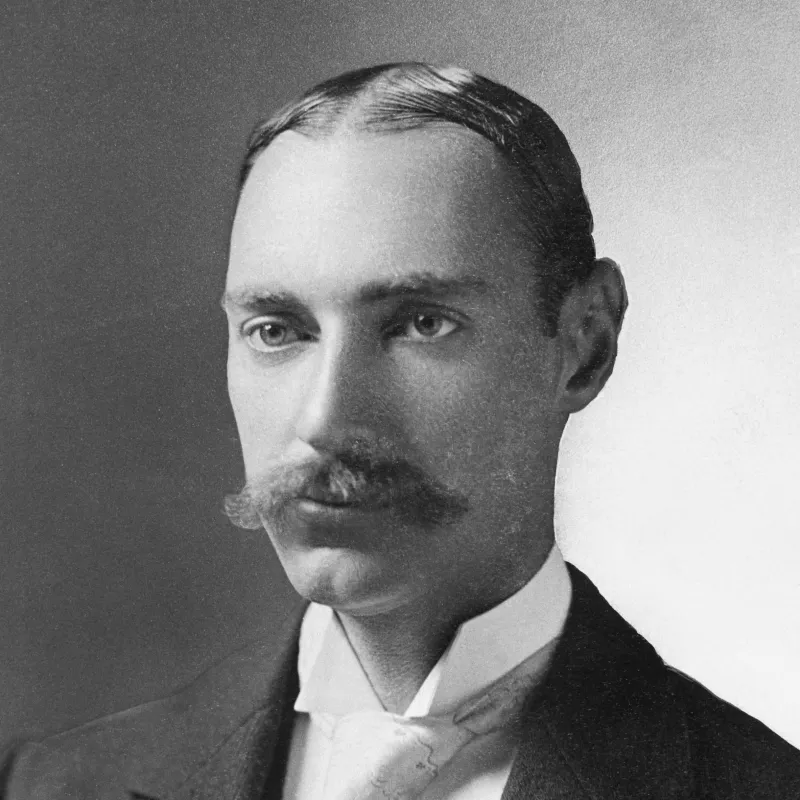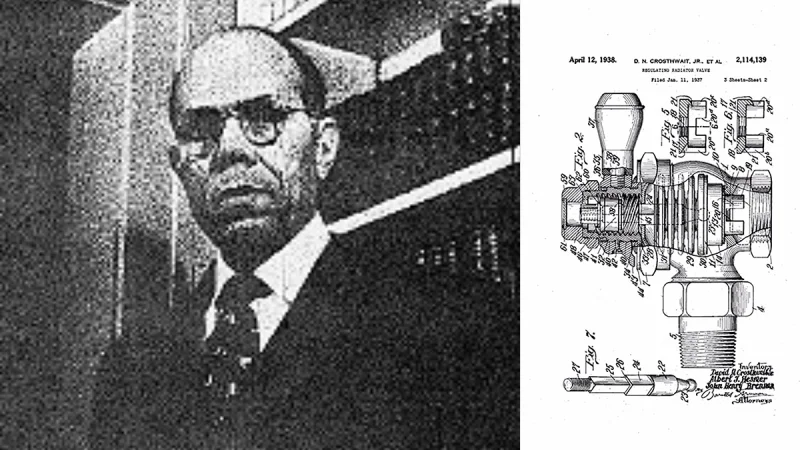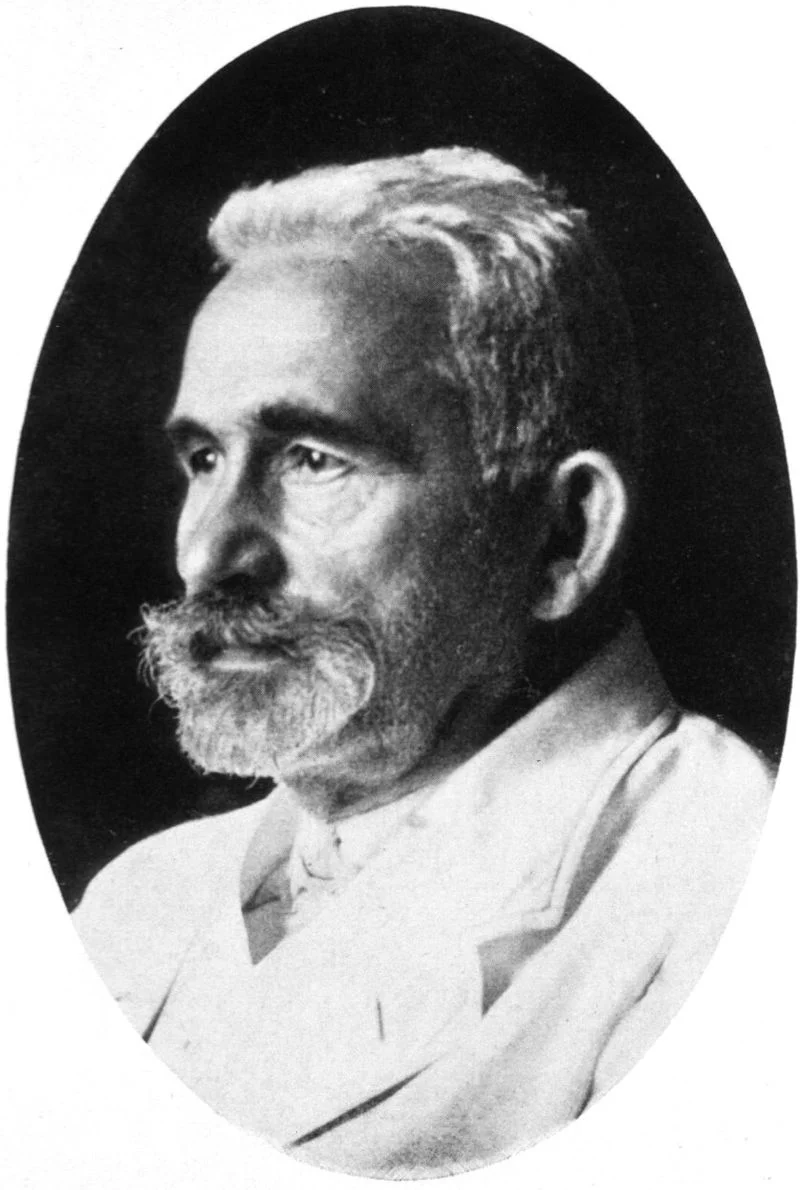Short Summary
Charles Richard Drew was an American physician, surgeon, and medical researcher renowned for his pioneering work in blood transfusion and the development of large-scale blood banks. He significantly contributed to the medical field by improving techniques for blood storage and creating the first large-scale blood bank in the United States. Drew's efforts not only saved countless lives during World War II but also laid the groundwork for modern blood banking and transfusion practices.
Early Life & Education
Born on June 3, 1904, in Washington, D.C., Charles Richard Drew was the eldest of five children in a middle-class African American family. His father, Richard, was a carpet layer, and his mother, Nora, was a teacher. Drew excelled in both academics and athletics, earning a scholarship to attend Amherst College. After graduating in 1926, he spent two years as a biology instructor and coach before pursuing medical studies at McGill University in Montreal, where he graduated with a Doctor of Medicine and a Master of Surgery degree in 1933. His early exposure to science and medicine inspired his future groundbreaking research.
Career Highlights
Charles Richard Drew's career was marked by his innovative research in blood transfusion and storage. In 1940, he completed his doctoral thesis, "Banked Blood," which introduced improved methods for the storage of blood plasma. His work led to the establishment of the first large-scale blood bank in the U.S. for the American Red Cross during World War II. Drew also served as the director of the first American Red Cross Blood Bank and was a professor at Howard University, where he trained a new generation of African American physicians. His leadership in blood banking and his commitment to medical education were pivotal in his distinguished career.
Major Achievements
- Developed long-term preservation methods for blood plasma, revolutionizing blood storage and transfusion.
- Directed the "Blood for Britain" project, which collected and shipped plasma to support British war efforts during World War II.
- Founded and became the first director of the American Red Cross Blood Bank, setting standards for blood donation.
- Served as Chief of Surgery at Freedmen’s Hospital, enhancing surgical practices and training at Howard University.
Famous Quotes
- "Excellence of performance will transcend artificial barriers created by man."
- "The blood bank project was a great humanitarian achievement."
Interesting Facts
- He was the first African American to earn a Doctor of Medical Science degree from Columbia University.
- Drew was a star athlete at Amherst College, excelling in football and track.
- His work laid the foundation for modern blood banks used worldwide today.
- Drew resigned from the Red Cross due to its policy of racial segregation in blood donation.
Legacy / Influence
Charles Richard Drew's innovations in blood storage and transfusion have left a lasting impact on emergency medicine and surgery. His emphasis on education and mentorship paved the way for future generations of African American medical professionals. Drew's work continues to influence blood banking practices, ensuring that safe, reliable blood supplies are available globally, saving countless lives.
FAQ
Q: Why is Charles Richard Drew famous?
A: He is famous for pioneering the method of blood storage and establishing the first large-scale blood banks.
Q: What was Drew's contribution during World War II?
A: He directed blood plasma programs that provided critical support for the Allied forces.
Q: Did Drew face racial discrimination in his career?
A: Yes, he faced racial barriers, notably leaving the Red Cross due to discriminatory practices.













